20 results in Human Rights Research Series
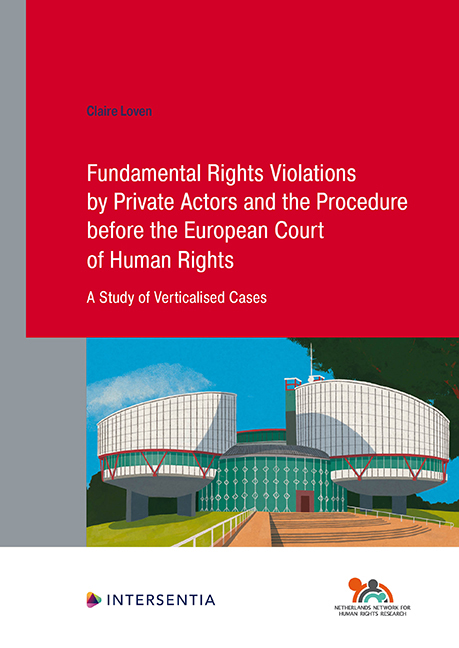
Fundamental Rights Violations by Private Actors and the Procedure before the European Court of Human Rights
- A Study of Verticalised Cases
-
- Published by:
- Intersentia
- Published online:
- 29 February 2024
- Print publication:
- 01 October 2022
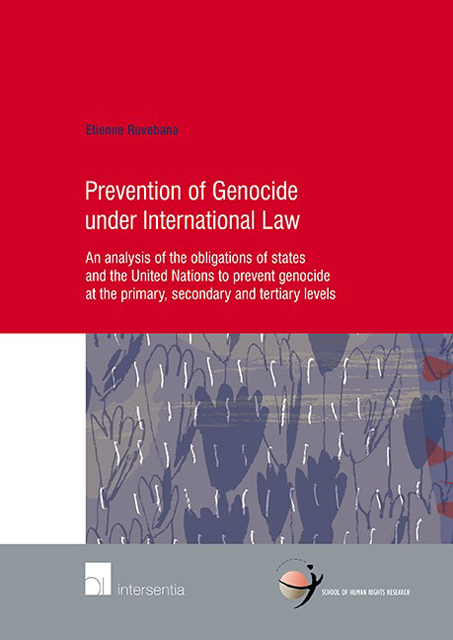
Prevention of Genocide Under International Law
- An Analysis of the Obligations of States and the United Nations to Prevent Genocide at the Primary, Secondary and Tertiary Levels
-
- Published by:
- Intersentia
- Published online:
- 24 November 2022
- Print publication:
- 31 October 2014

At the Frontiers of State Responsibility
- Socio-economic Rights and Cooperation on Migration
-
- Published by:
- Intersentia
- Published online:
- 19 November 2022
- Print publication:
- 19 May 2021
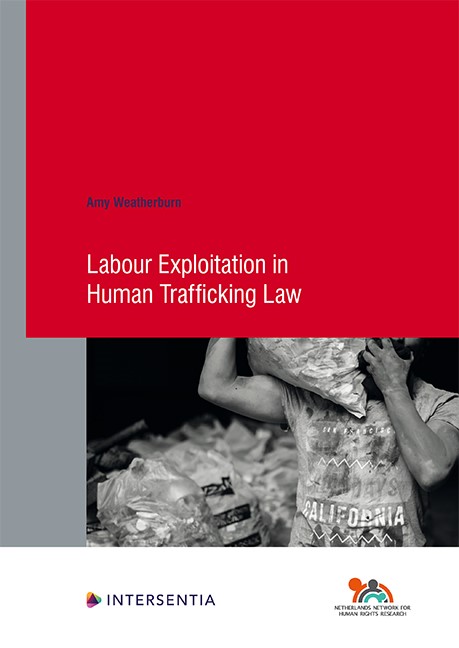
Labour Exploitation in Human Trafficking Law
-
- Published by:
- Intersentia
- Published online:
- 10 December 2021
- Print publication:
- 16 June 2021
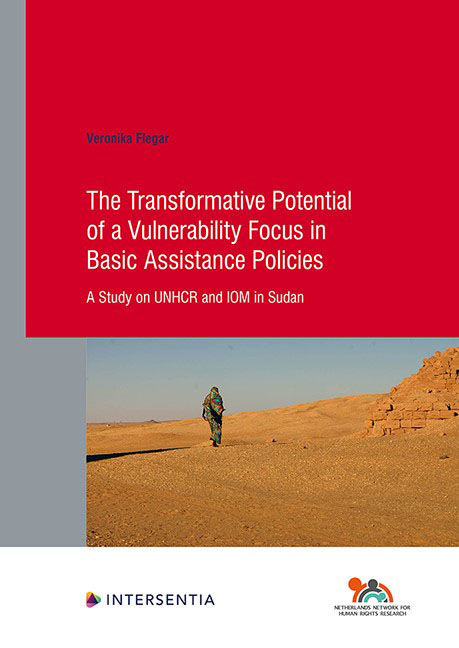
The Transformative Potential of a Vulnerability Focus in Basic Assistance Policies
- A Study on UNHCR and IOM in Sudan
-
- Published by:
- Intersentia
- Published online:
- 11 November 2021
- Print publication:
- 22 October 2020
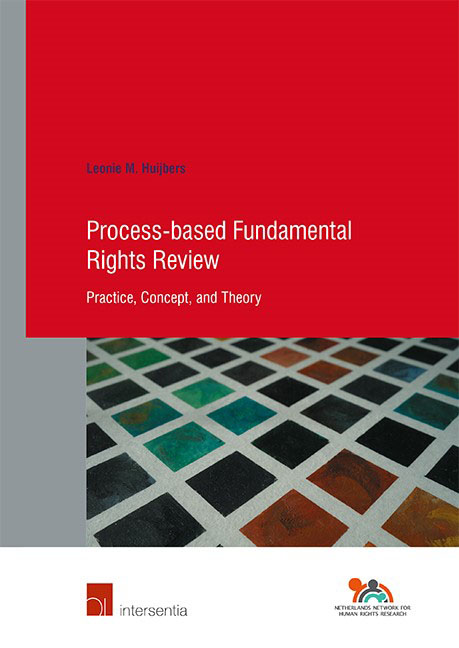
Process-based Fundamental Rights Review
- Practice, Concept, and Theory
-
- Published by:
- Intersentia
- Published online:
- 11 November 2021
- Print publication:
- 16 June 2021
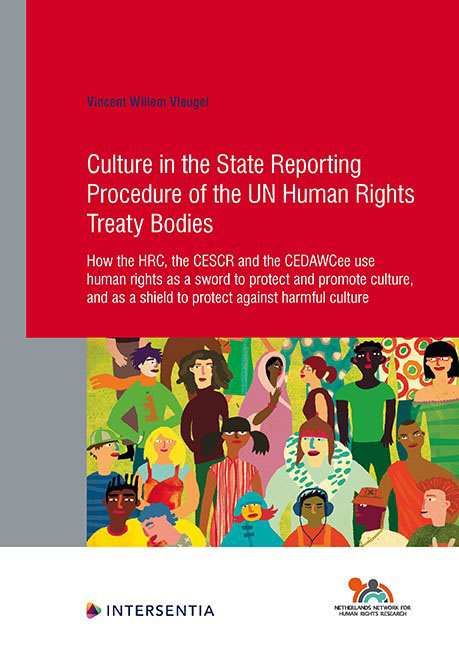
Culture in the State Reporting Procedure of the UN Human Rights Treaty Bodies
- How the HRC, the CESCR and the CEDAWCee use human rights as a sword to protect and promote culture, and as a shield to protect against harmful culture
-
- Published by:
- Intersentia
- Published online:
- 11 November 2021
- Print publication:
- 24 November 2020
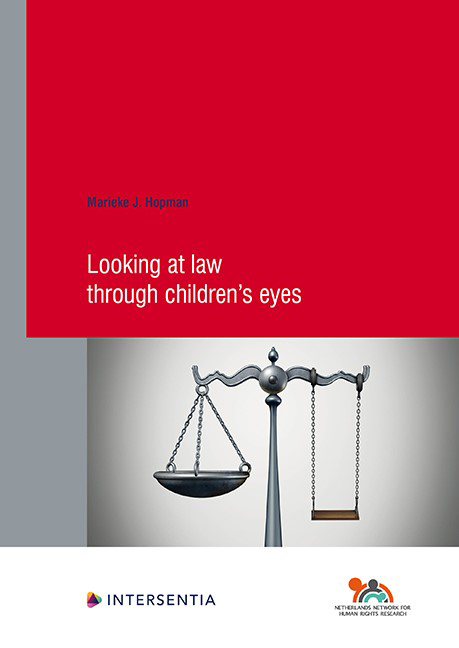
Looking at Law through Children's Eyes
-
- Published by:
- Intersentia
- Published online:
- 25 May 2021
- Print publication:
- 04 January 2021
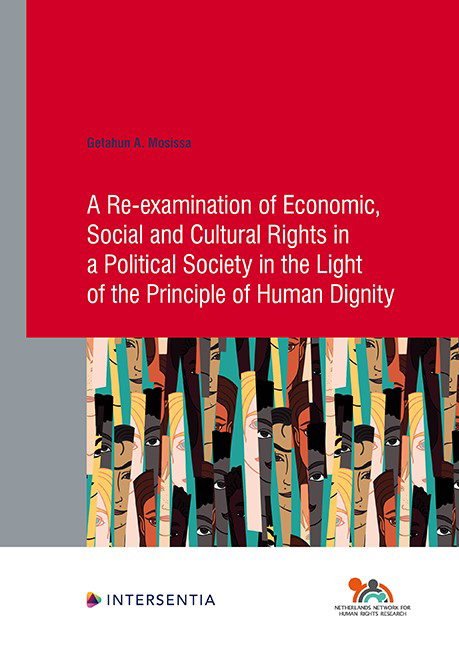
A Re-examination of Economic, Social and Cultural Rights in a Political Society in the Light of the Principle of Human Dignity
-
- Published by:
- Intersentia
- Published online:
- 25 May 2021
- Print publication:
- 15 October 2020
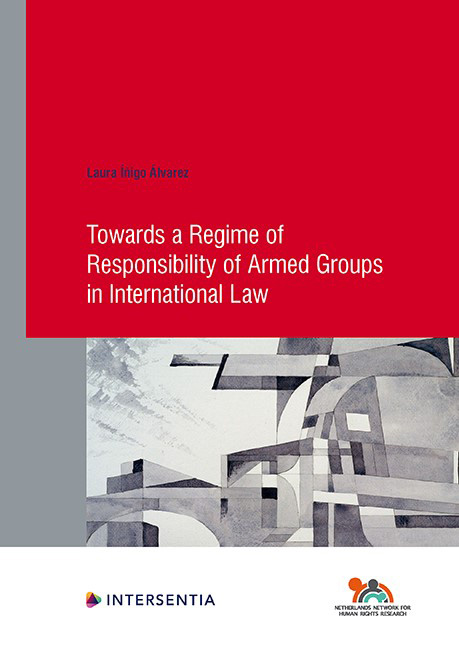
Towards a Regime of Responsibility of Armed Groups in International Law
-
- Published by:
- Intersentia
- Published online:
- 22 December 2020
- Print publication:
- 02 July 2020
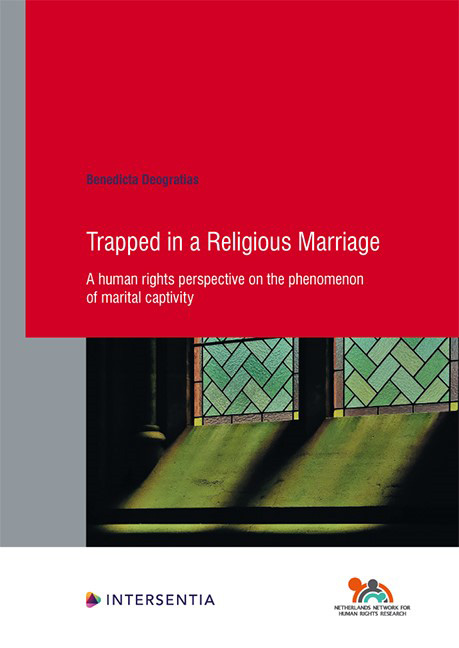
Trapped in a Religious Marriage
- A Human Rights Perspective on the Phenomenon of Marital Captivity
-
- Published by:
- Intersentia
- Published online:
- 22 December 2020
- Print publication:
- 30 June 2020

Towards a Sustainable Human Right to Water
- Supporting Vulnerable People and Protecting Water Resources
-
- Published by:
- Intersentia
- Published online:
- 30 March 2019
- Print publication:
- 07 March 2019
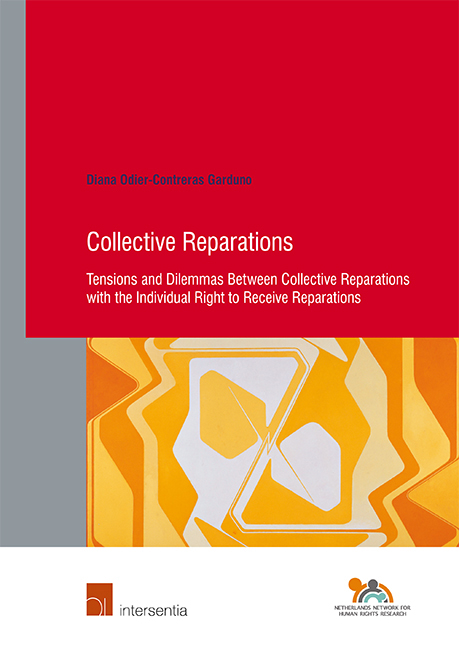
Collective Reparations
- Tensions and Dilemmas between Collective Reparations with the Individual Right to Receive Reparations
-
- Published by:
- Intersentia
- Published online:
- 31 January 2019
- Print publication:
- 28 September 2018
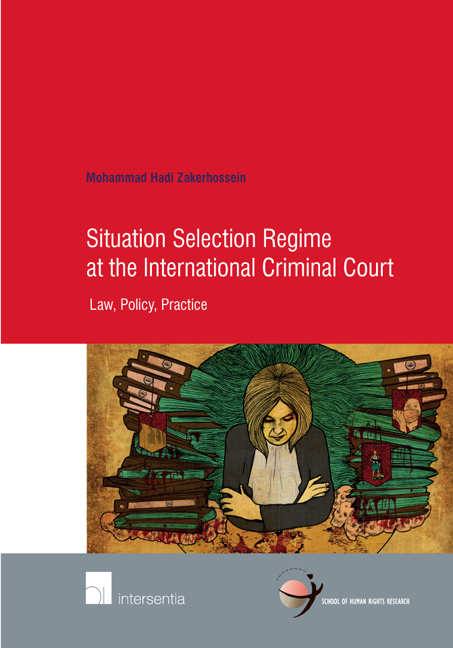
Situation Selection Regime at the International Criminal Court
- Law, Policy, Practice
-
- Published by:
- Intersentia
- Published online:
- 13 October 2018
- Print publication:
- 15 December 2017
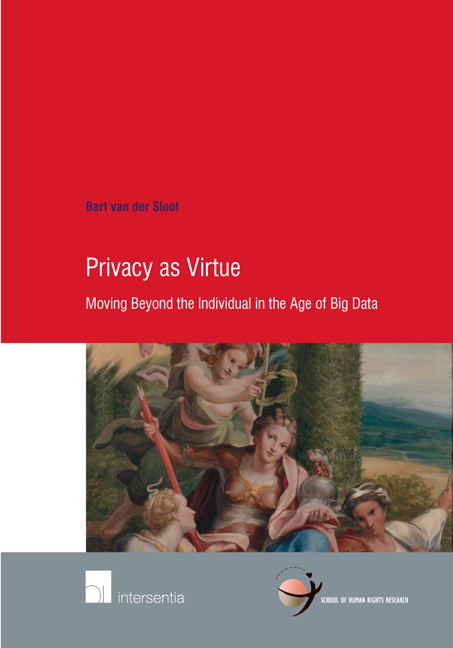
Privacy as Virtue
- Moving Beyond the Individual in the Age of Big Data
-
- Published by:
- Intersentia
- Published online:
- 12 October 2018
- Print publication:
- 30 June 2017
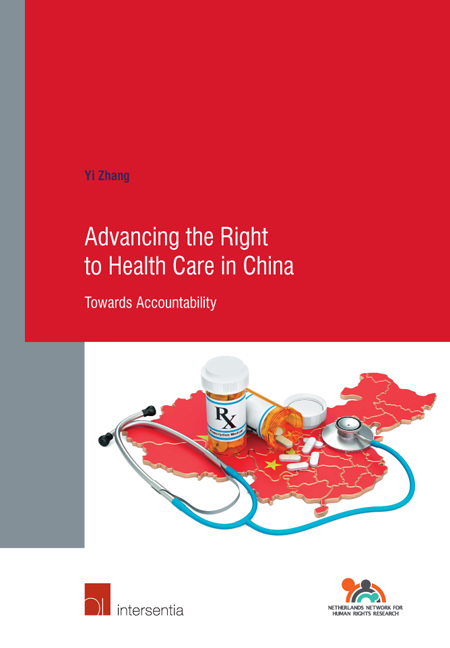
Advancing the Right to Health Care in China
- Towards Accountability
-
- Published by:
- Intersentia
- Published online:
- 11 October 2018
- Print publication:
- 15 September 2018
-
- Book
- Export citation
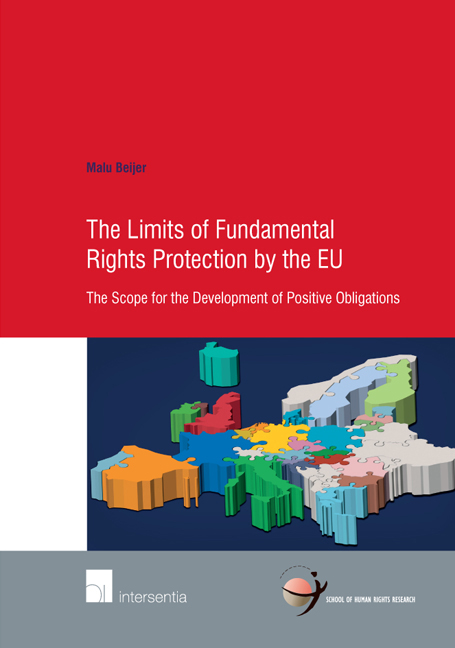
Limits of Fundamental Rights Protection by the EU
- The Scope for the Development of Positive Obligations
-
- Published by:
- Intersentia
- Published online:
- 27 September 2018
- Print publication:
- 01 February 2017
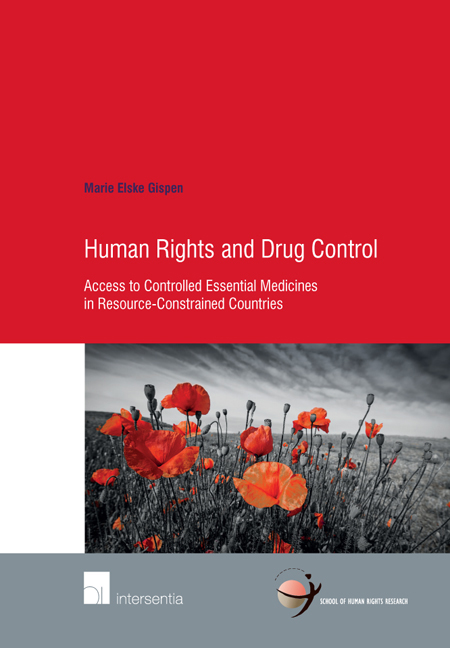
Human Rights and Drug Control
- Access to Controlled Essential Medicines in Resource-Constrained Countries
-
- Published by:
- Intersentia
- Published online:
- 27 September 2018
- Print publication:
- 27 January 2017
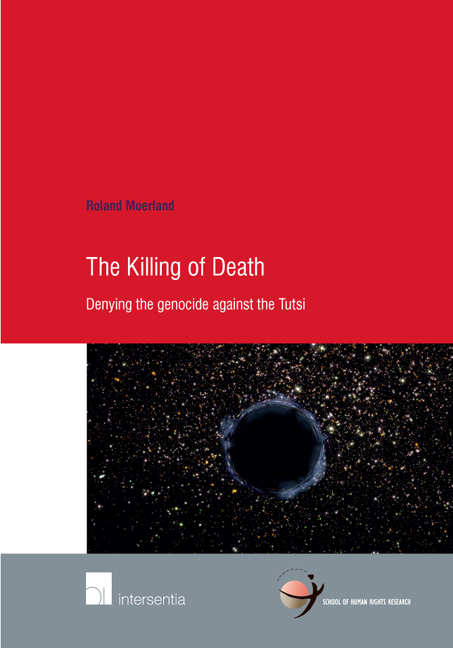
The Killing of Death
- Denying the Genocide Against the Tutsi
-
- Published by:
- Intersentia
- Published online:
- 21 September 2018
- Print publication:
- 05 February 2016

The Theory, Potential and Practice of Procedural Dialogue in the European Convention on Human Rights System
-
- Published by:
- Intersentia
- Published online:
- 21 September 2018
- Print publication:
- 18 February 2016


